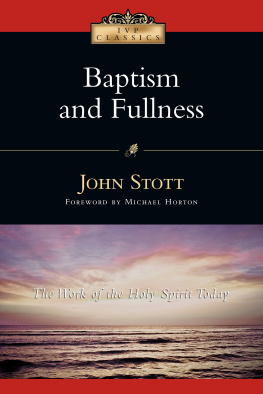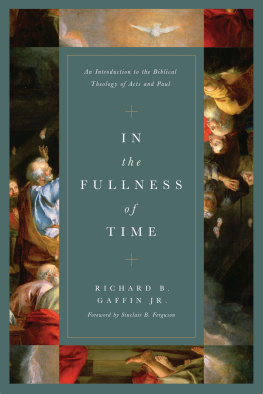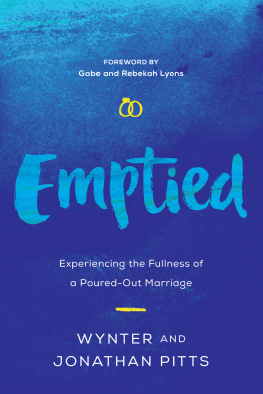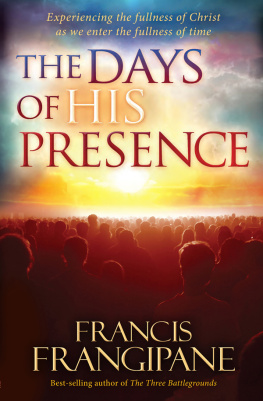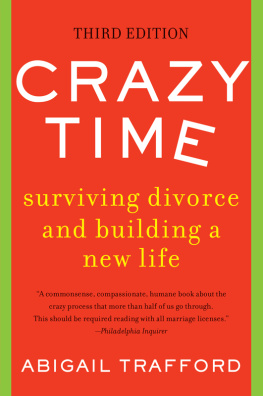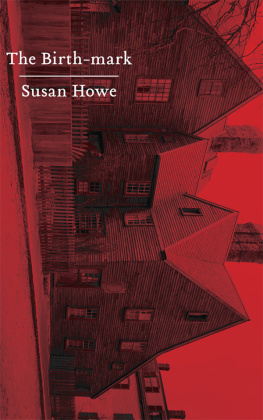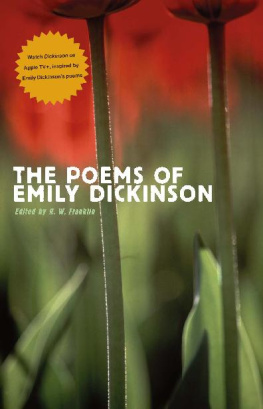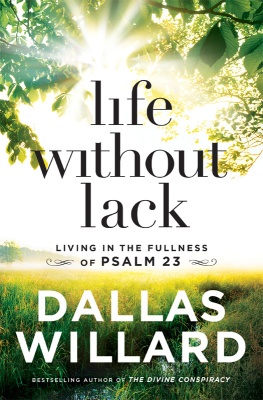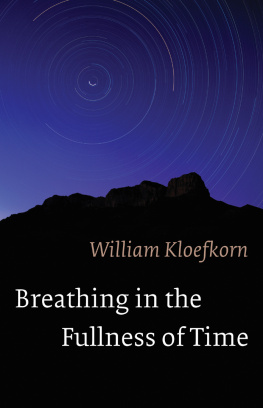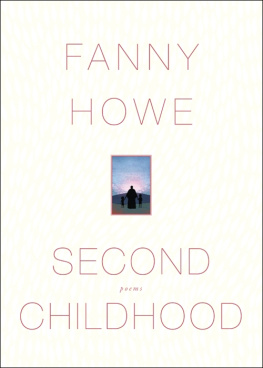In the
Fullness
of Time
In the Fullness
of Time
32 Women on Life After 50
Edited by
Emily W. Upham
and
Linda Gravenson
ATRIA PAPERBACK
New York London Toronto Sydney

A Division of Simon & Schuster, Inc.
1230 Avenue of the Americas
New York, NY 10020
www.simonandschuster
Copyright 2010 by Emily W. Upham and Linda Gravenson
All rights reserved, including the right to reproduce this book or
portions thereof in any form whatsoever. For information, address
Atria Books Subsidiary Rights Department, 1230 Avenue of the Americas,
New York, NY 10020
www.simonandschuster
First Atria Paperback edition April 2010
ATRIA PAPERBACK and colophon are trademarks of
Simon & Schuster, Inc.
i thank you God for most this amazing. Copyright 1950, 1978, 1991 by the Trustees for the E. E. Cummings Trust. Copyright 1979 by George James Firmage, from Selected Poems by E. E. Cummings, Introduction and Commentary by Richard S. Kennedy. Used by permission of Liveright Publishing Corporation.
For information about special discounts for bulk purchases,
please contact Simon & Schuster Special Sales at
1-866-506-1949 or business@simonandschuster.com.
The Simon & Schuster Speakers Bureau can bring authors
to your live event. For more information or to book an event,
contact the Simon & Schuster Speakers Bureau at
1-866-248-3049 or visit our website at www.simonspeakers.com.
Designed by Kyoko Watanabe
Manufactured in the United States of America
10 9 8 7 6 5 4 3 2 1
Library of Congress Cataloging-in-Publication Data
In the fullness of time : 32 women on life after 50 / editors, Emily W. Upham
and Linda Gravenson.
p. cm.
1. Older women. 2. Aging. I. Upham, Emily W. II. Gravenson, Linda.
HQ1061.L67 2010
305.26'2dc22
20099026967
ISBN 978-1-4391-0923-6
ISBN 978-1-4391-6915-5 (ebook)
For Emilys mother, Rebecca Calechman Weiss

For Lindas son, Nick Guthe
Not knowing when the dawn will come
I open every door;...
Emily Dickinson
Contents
Even Smart Women Hate Losing Their Youthful
Looks Vivian Gornick
My Mother and Me and Betty Grable
Linda Gravenson
what i thought id never lose & did/what i
discovered when i didnt know i cd Ntozake Shange
The Ghostly Laughter of Old Sick People
Paula Fox
Preface
Emily W. Upham
Once upon a time, when I was a young and beautiful princess of twenty and living in the land of Paris, France, I fell in love with a man of fifty-nine whom I shall call S. He was renowned throughout the entire kingdom of the moving image. Even then there were telephones, and he would call me in my turret and say, Rapunzel, Rapunzel, let down your long hair and sweep me away. Our story grabbed me by the jugular, gave me no choice, and shaped my entire life. For forty years we have been crucial to each other; for forty years we have told each other everything. As I write this S. will soon be ninety-seven. I do not know how I will live without him.
Recently, on the heels of my fifth spinal surgery, my performance career as a classical pianist was laid to rest. The journey away from my chosen but unforgiving instrument, its white teeth bared permanently in a glaring challenge, has been marked by a broken vertebra, degenerating disks, semisuccessful surgeries, denial, and finally a snarling quasi acceptance.
It came to me suddenly that my generation, the baby boomers, had arrived at the second half of life and that this half would be laden with loss. The generation of women forged by the 1960s, the youth generation, is now facing the death of parents, friends, and spouses, the loss of health, of sexual power, of power in the workplace, of dreams, of time remaining.
Ours is the mapless generation. We came of age at a fleeting moment in history when all traditional expectations were tossed aside and torn up like confetti. Our womanhood was forged at a time when birth control was easy, abortion was easy, pursuing a career was easy, when there were no rules, no boundaries, no directions other than our own inner ones if we were lucky enough to have them. Many of us never married, many of us never had children, many of our lives were skewed by this upheaval, even as it paved the way for the many positive changes for women who came after us.
As we age and begin to suffer the losses common to us all, our landscape is a very different one from that of the women who came both before and after us. When I asked Doris Lessing to write for this book she answered:

I had to respond that our grandmotherseven our motherswould not do.

Loss is, of course, visited upon us at all ages. Loss in early life, while bringing with it wounds specific to that time, also brings years of living in which to heal. But in later life our whole lives are not ahead of us. The next love affair is not around the corner, the next job opportunity not so evident. Many dreams have been realized or laid to rest, and our aspirations are tempered by what we suddenly understand to be a finite future. Our children are off and running, and the deaths of loved ones will be with us for the rest of our lives.
My startled awakening to these truths was the impetus for this project. I turned for guidance to Linda Gravenson, a gifted editor and writer a few steps ahead of me, who had suffered and come through a number of losses. She became my collaborator, and together we explored how these storms of change could bring unexpected rewards.
My urgent quest for maps to chart the terrain of later life led us to gather a number of unusual women, world-renowned authors and artists. Ranging in age from 55 to 101, they are immersed in, or have emerged from, maelstroms of change. From Edna OBrien on one continent to Gail Godwin on another, they have all responded to the universality of our theme and have participated generously in this project. Their essays have been written for this book.
There is hardly one of us who has not been touched by personal tragedy or the erosions of time and who is not aware of the fact that we live in a world that is filled with horror. We know that living on, never mind living well, is often lifes reward. One of the great gifts of experience, however, is the ability to choosenot our circumstances but how we interpret them. I have come to focus the lens of my inner camera and to see things differently, thanks in large part to the words of the admirable women gathered here.
Introduction
Linda Gravenson
When this collaboration began, around a coffee table in the Hudson Valley, I was drawn to it from a somewhat different perspective than Emilys. I had grown up in the 1940s and 50s, before the maps of tradition were shredded, and had come through some of the losses she was anticipating but also knew of the rewards that can follow in their wake. Id moved to the country alone with four animals as family, lived without my city neighbors for the first time, learned to drive at fifty-three, and, most important, resumed writing and editing.
Next page

